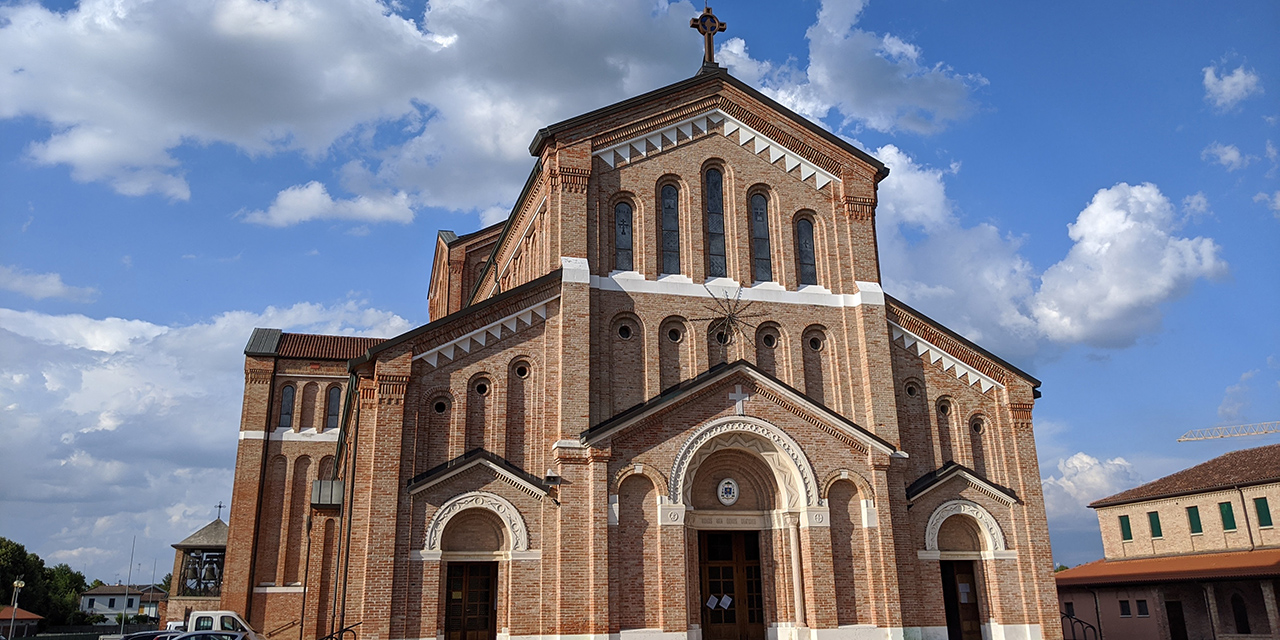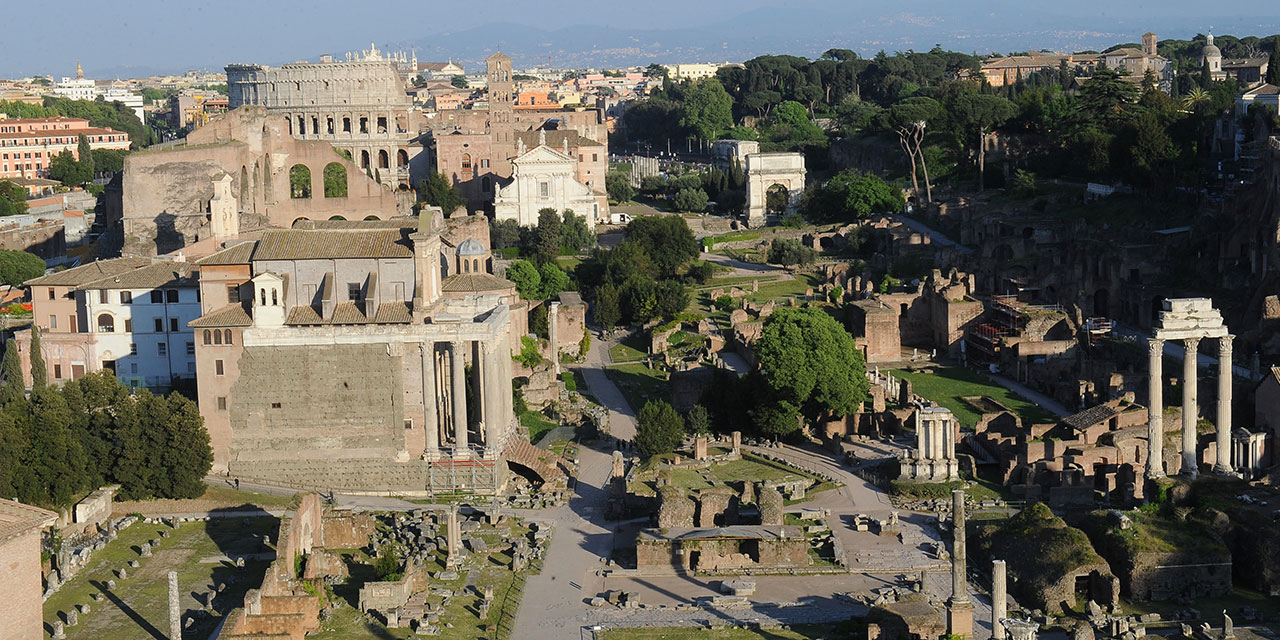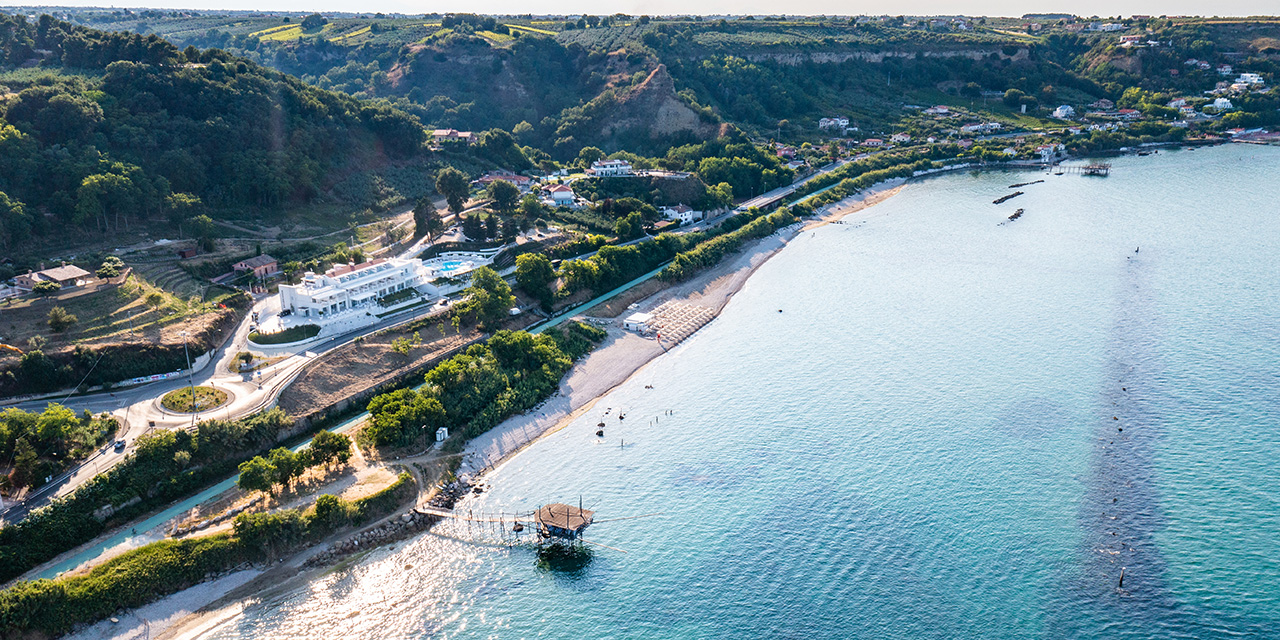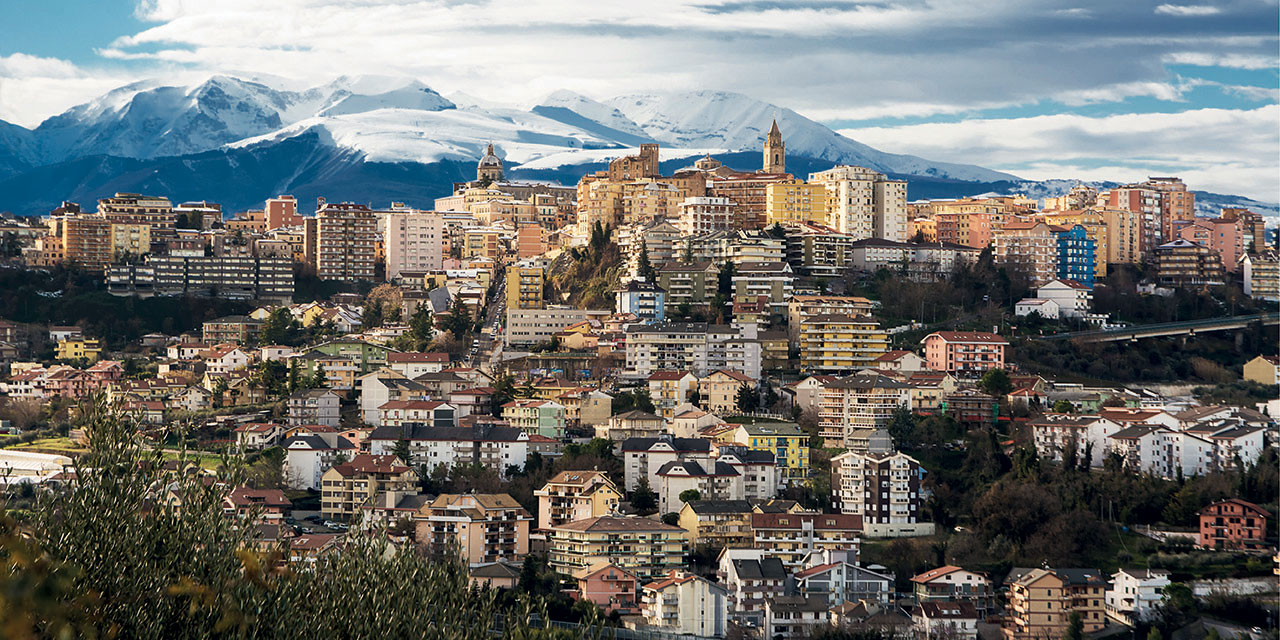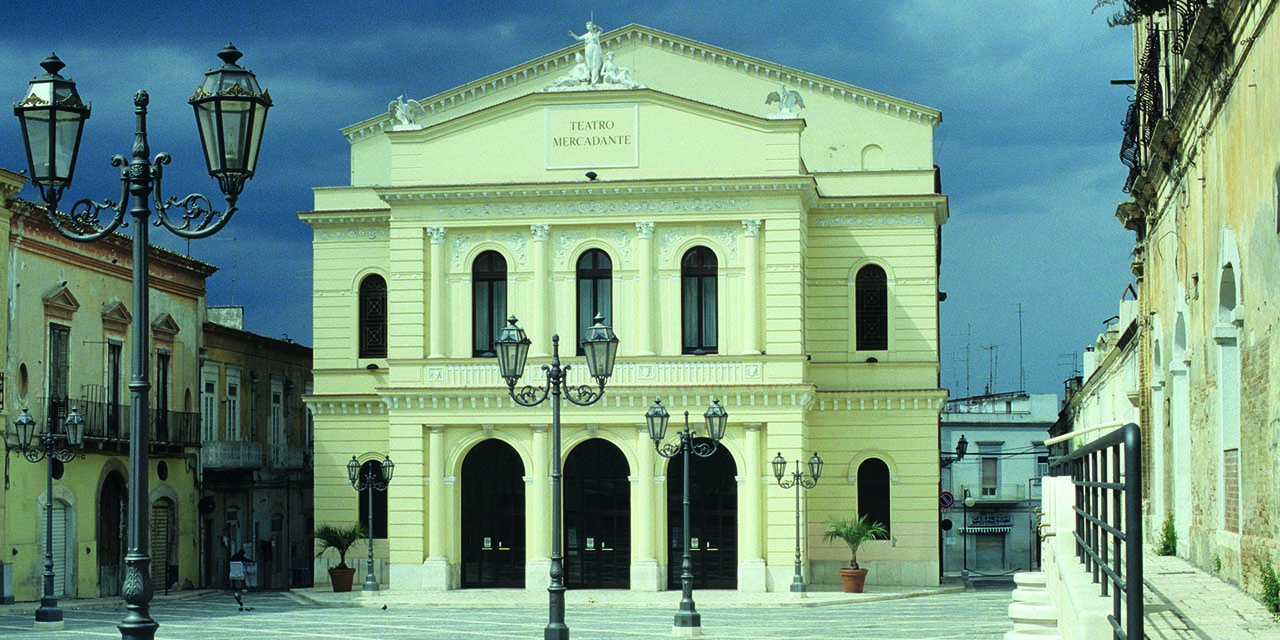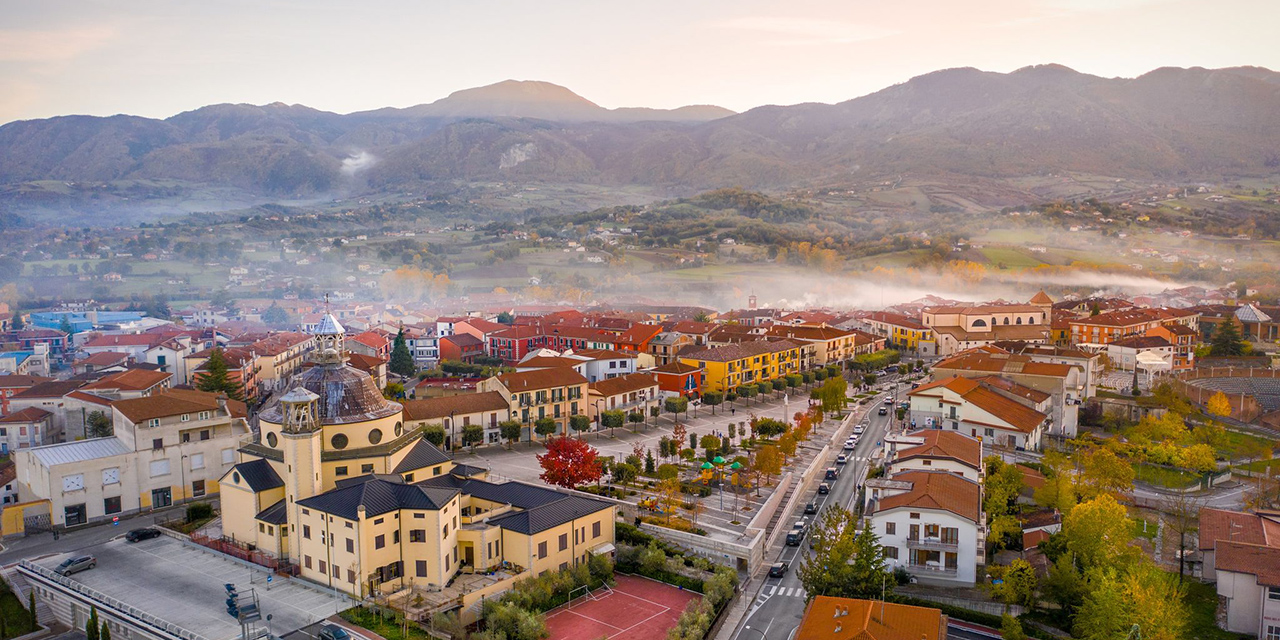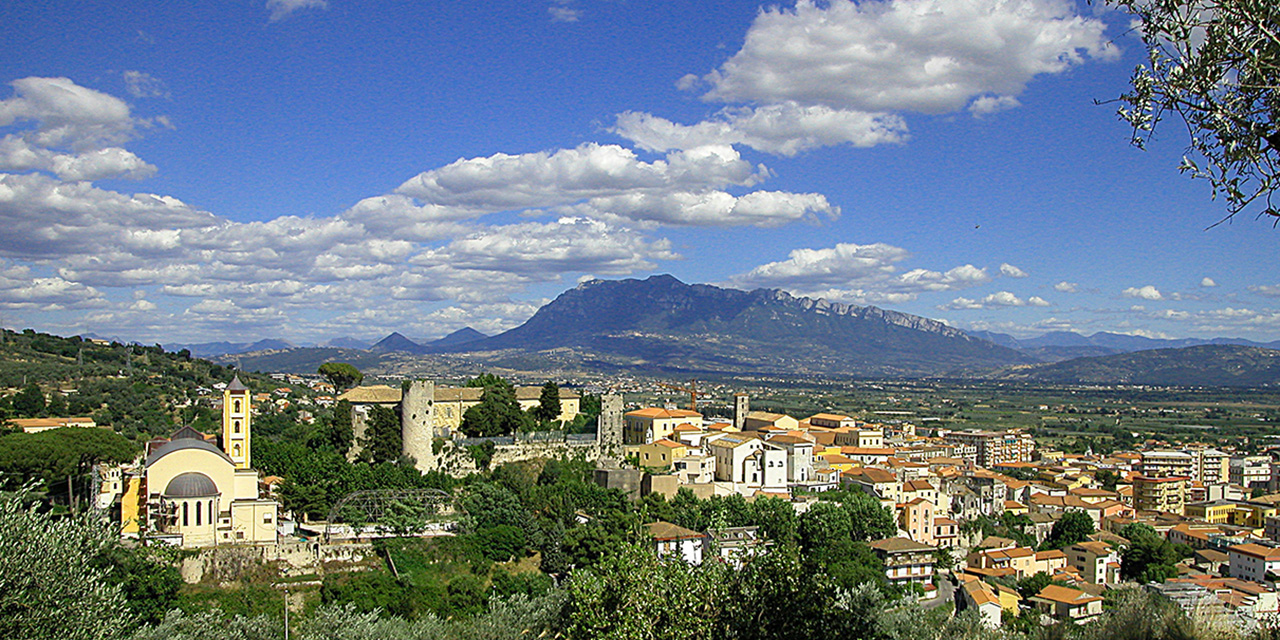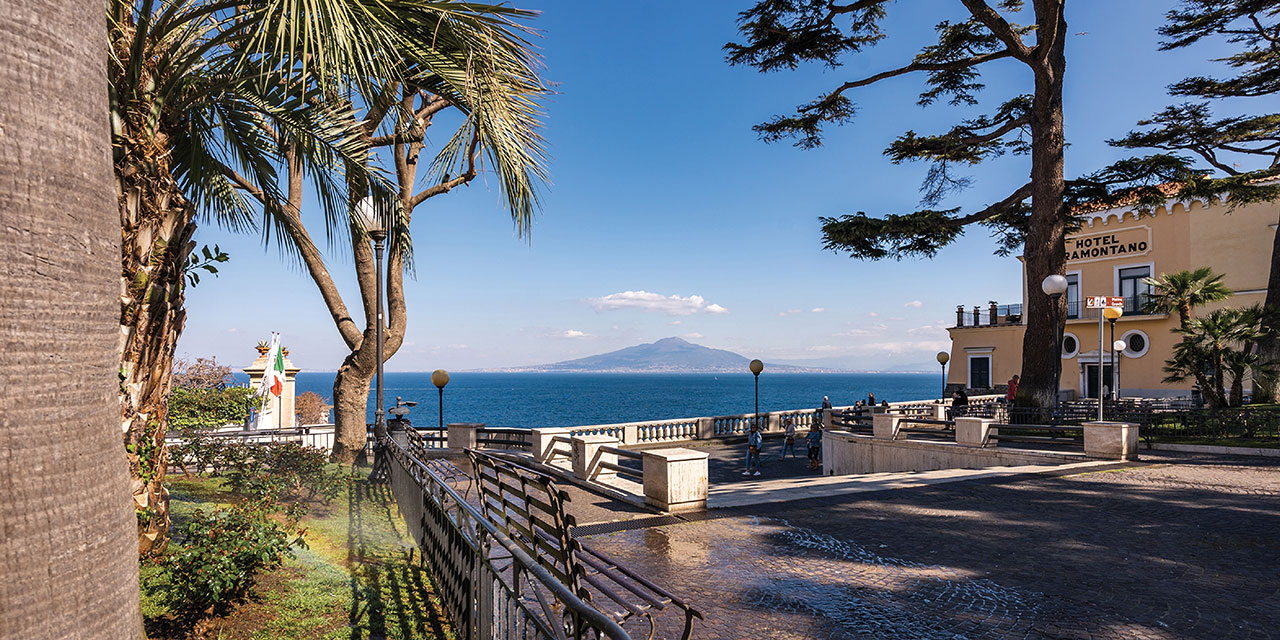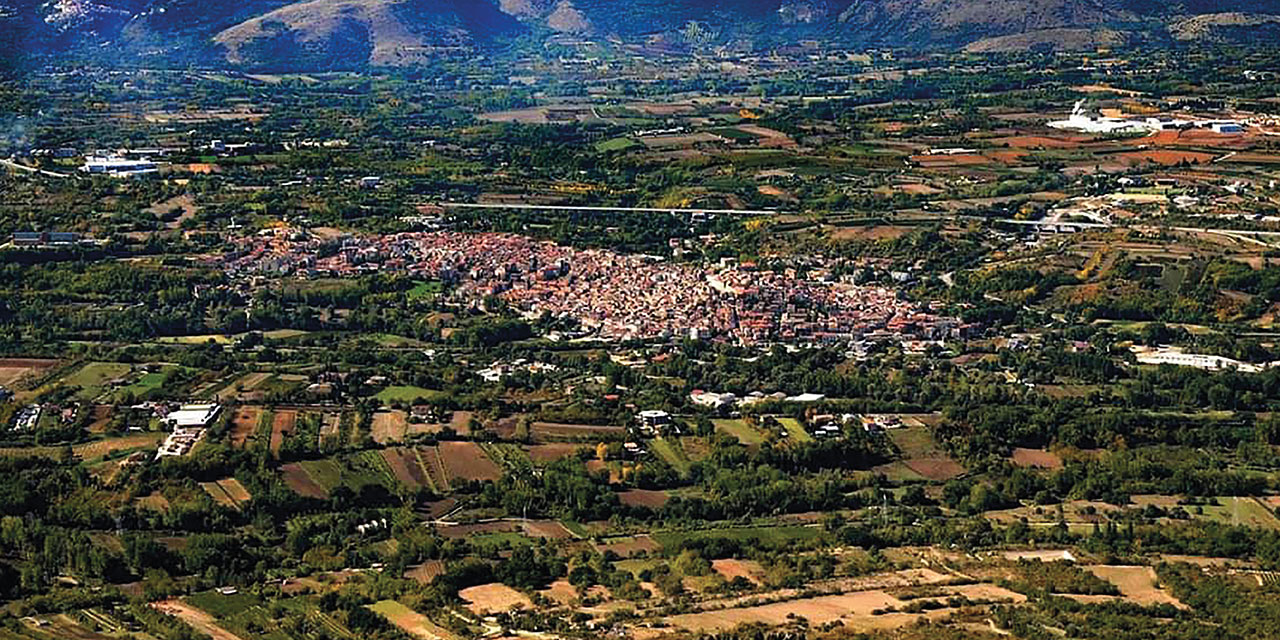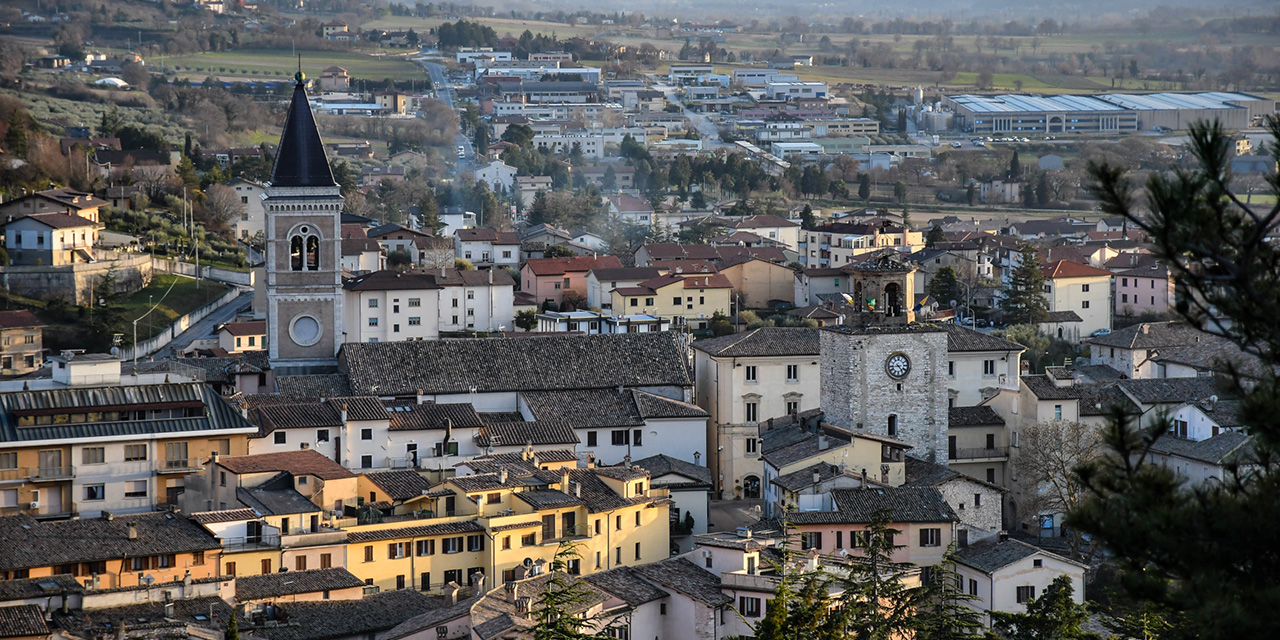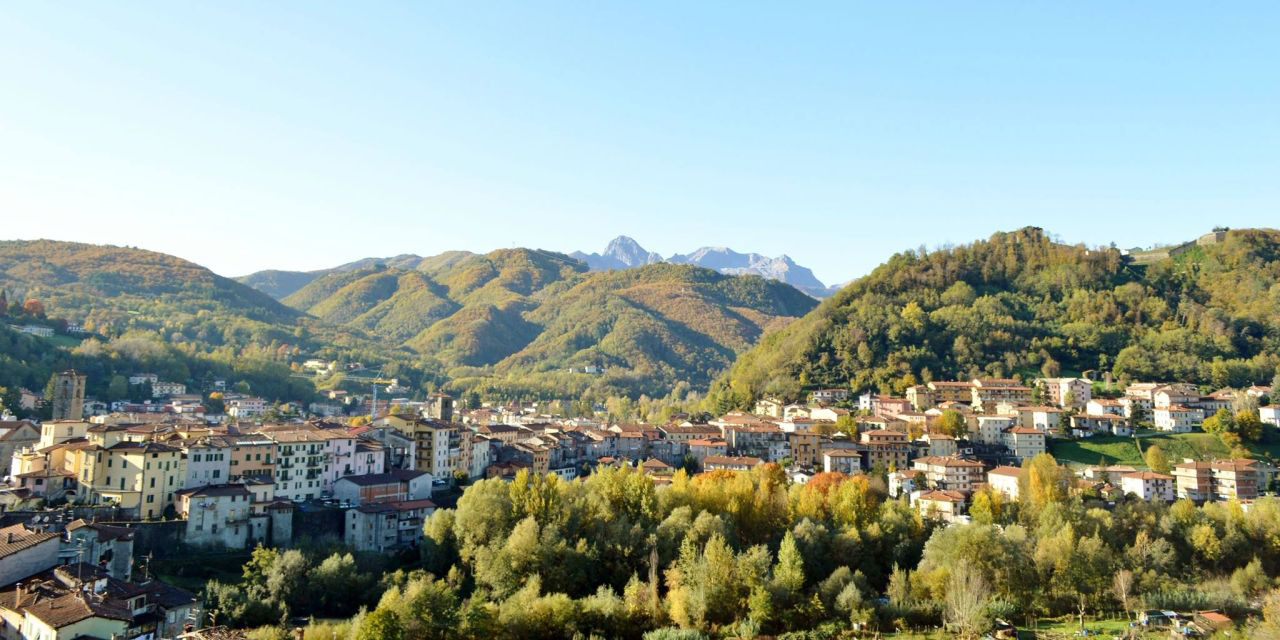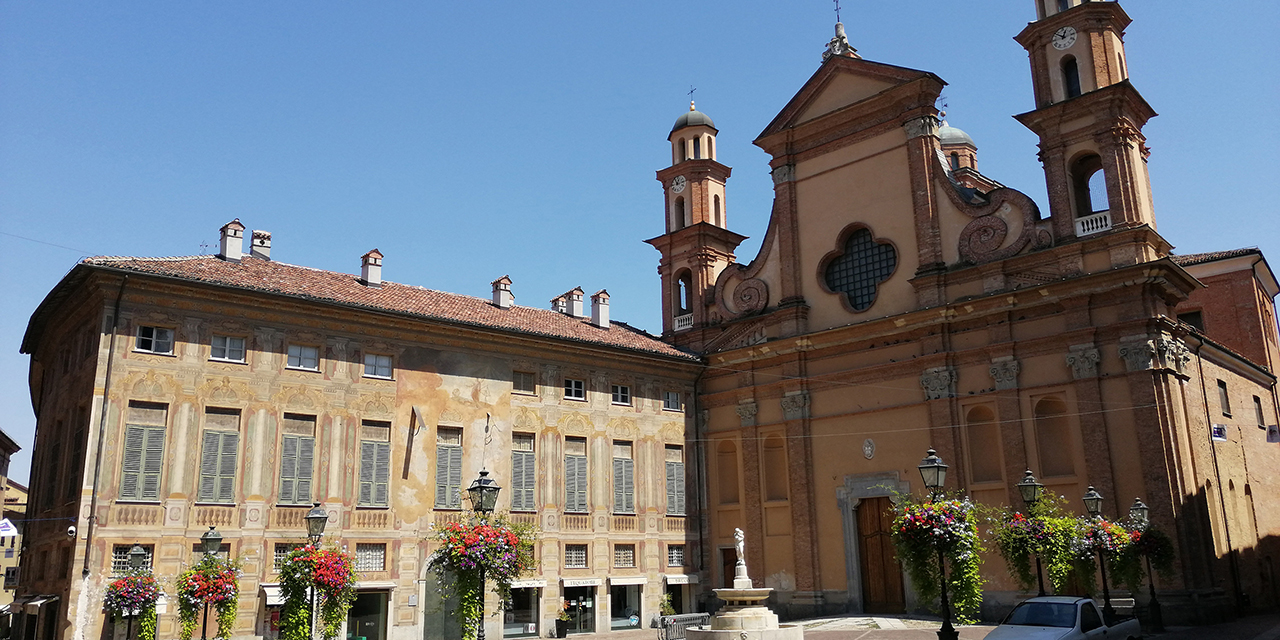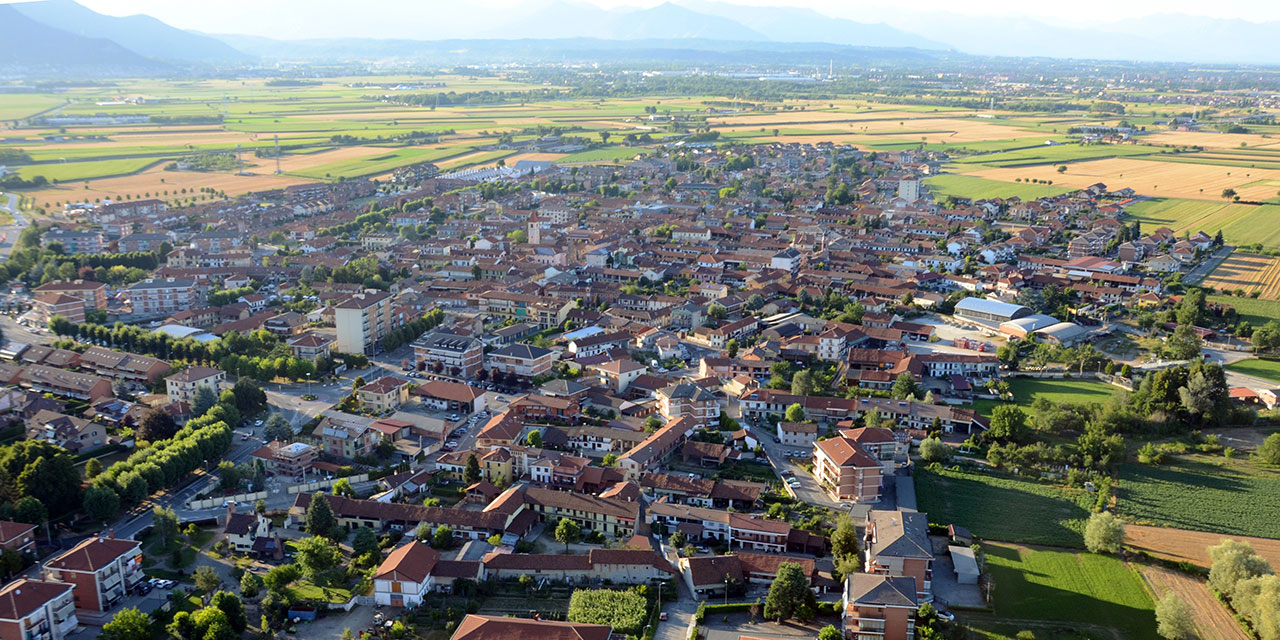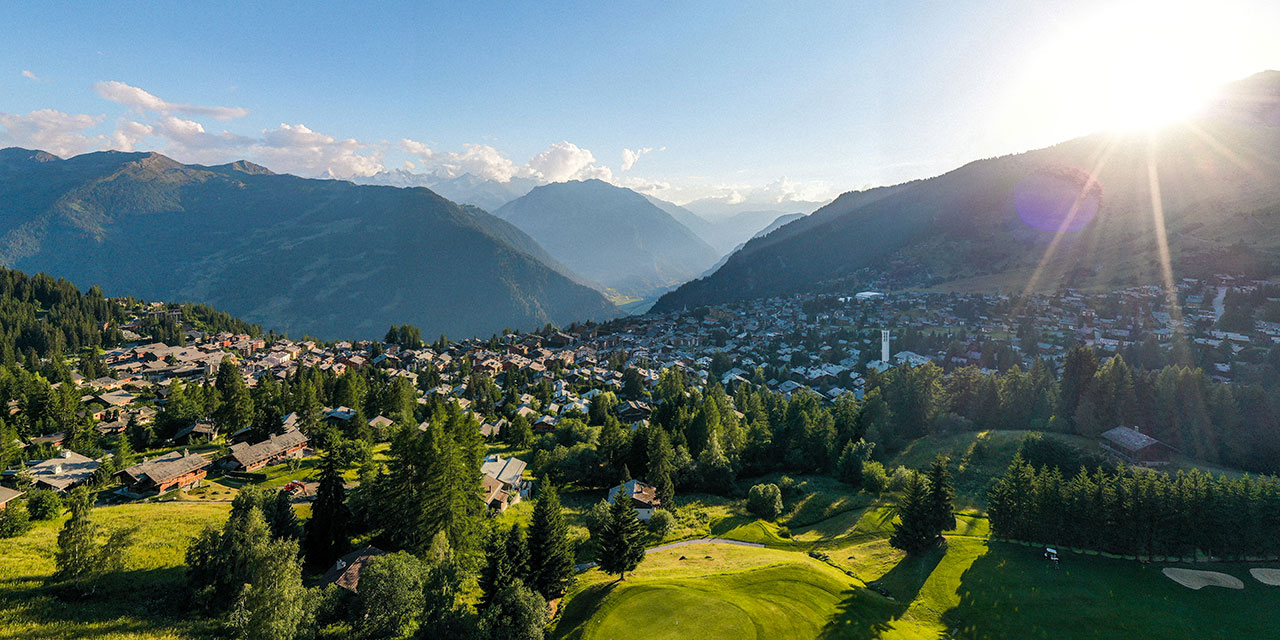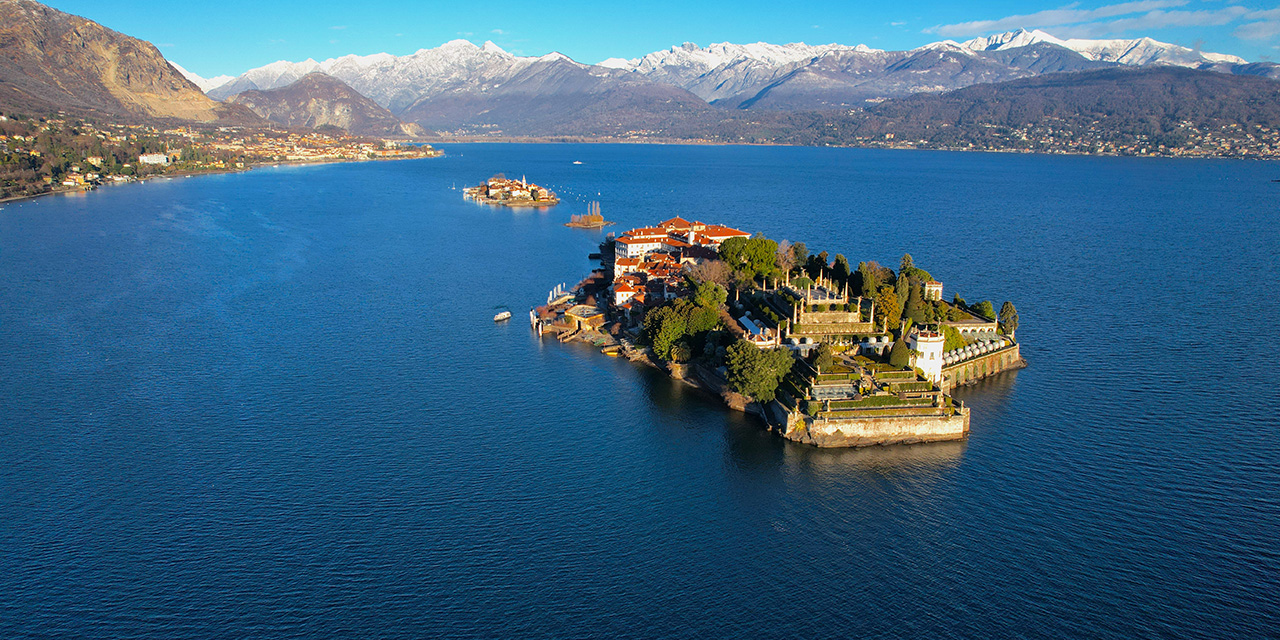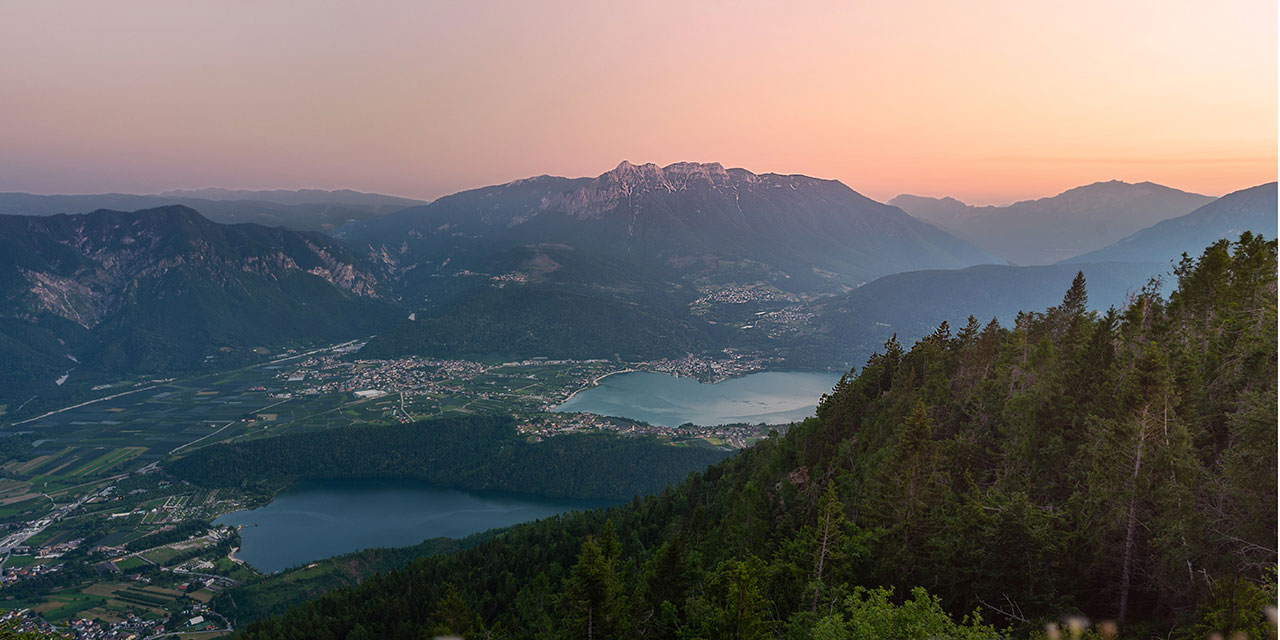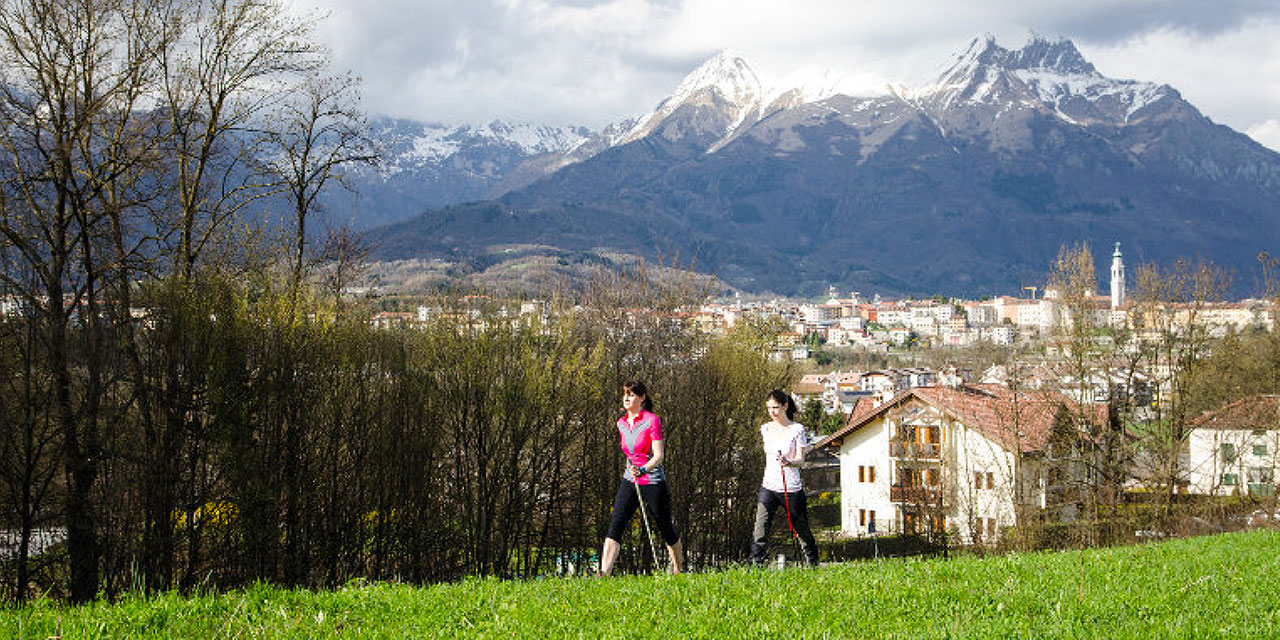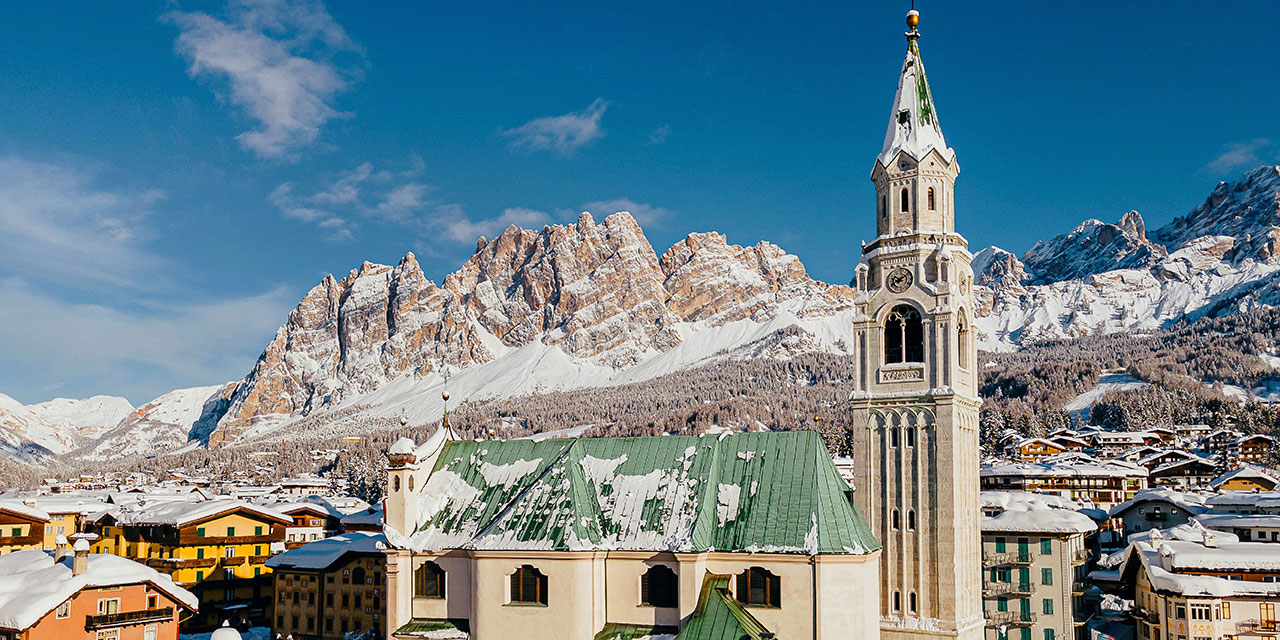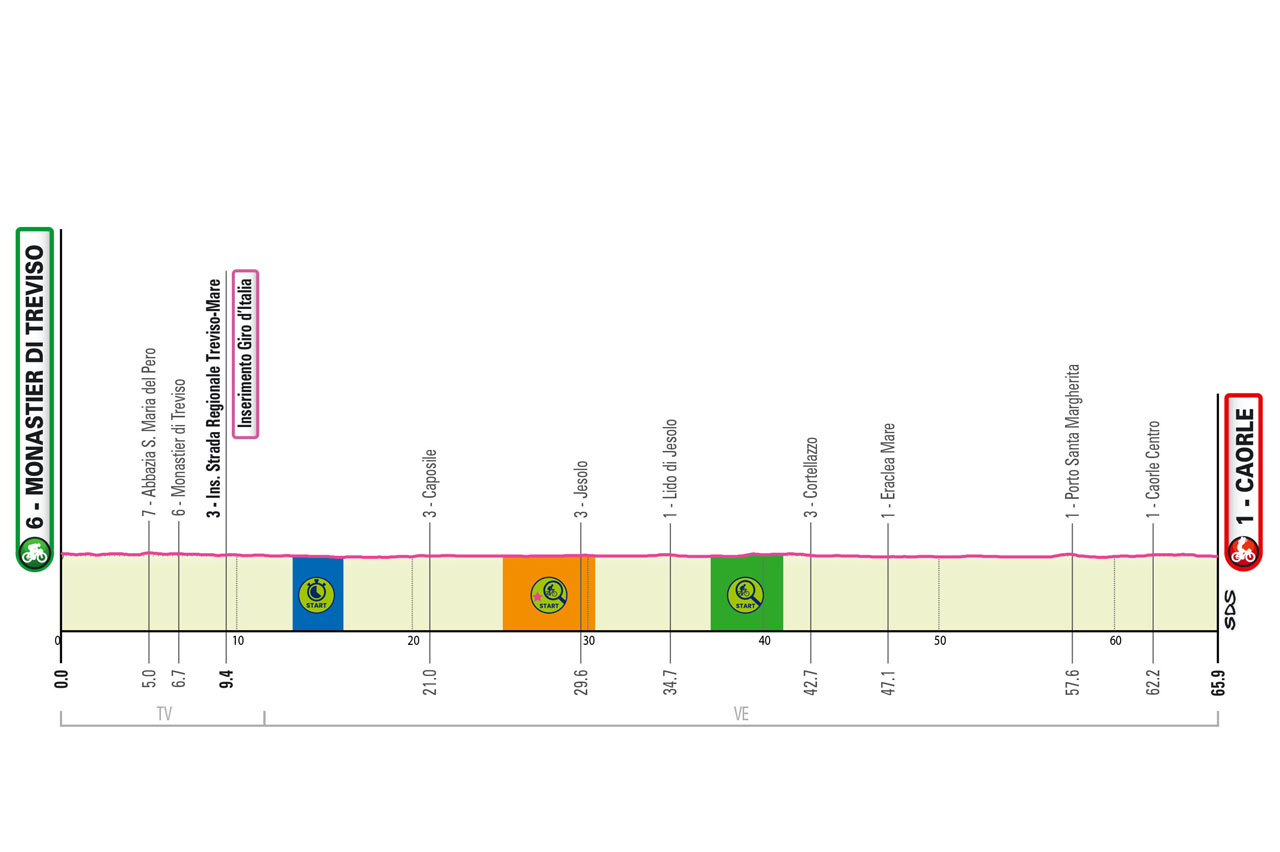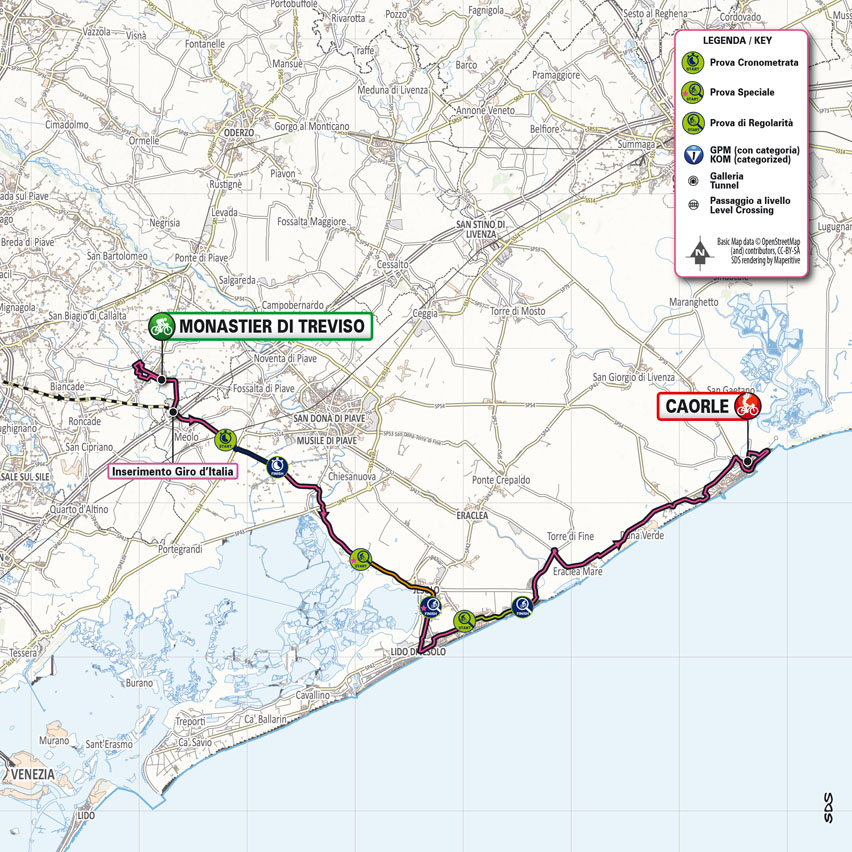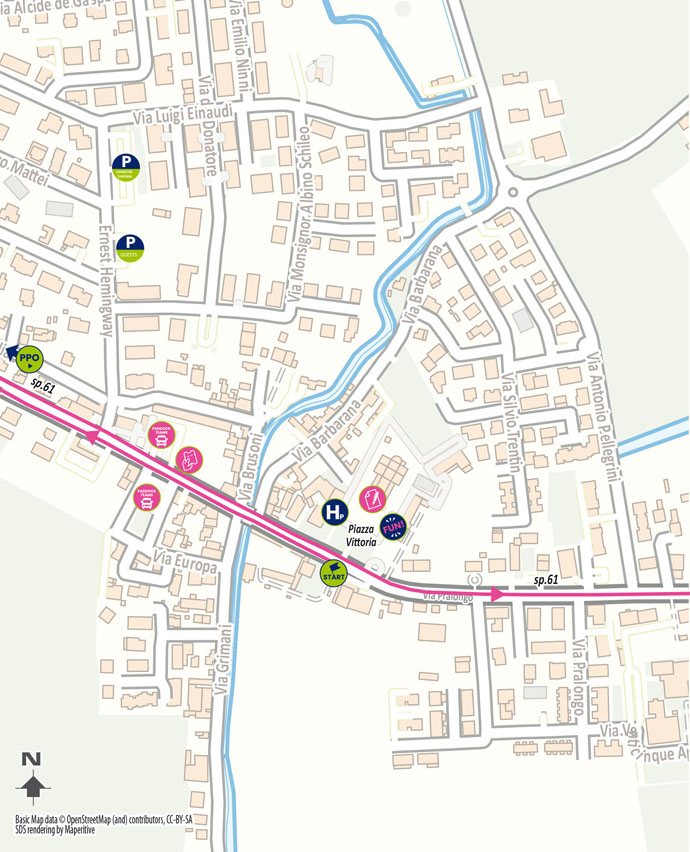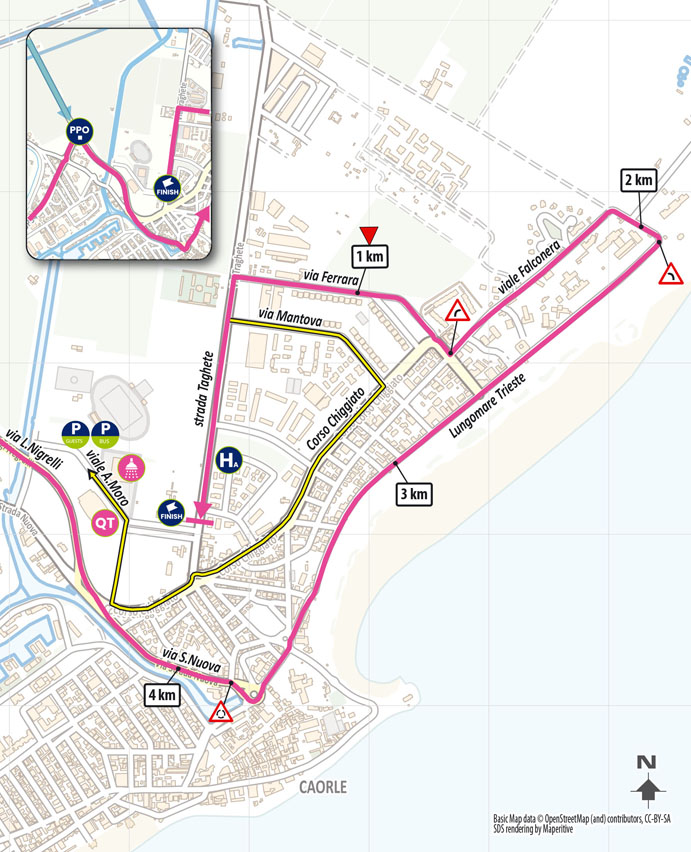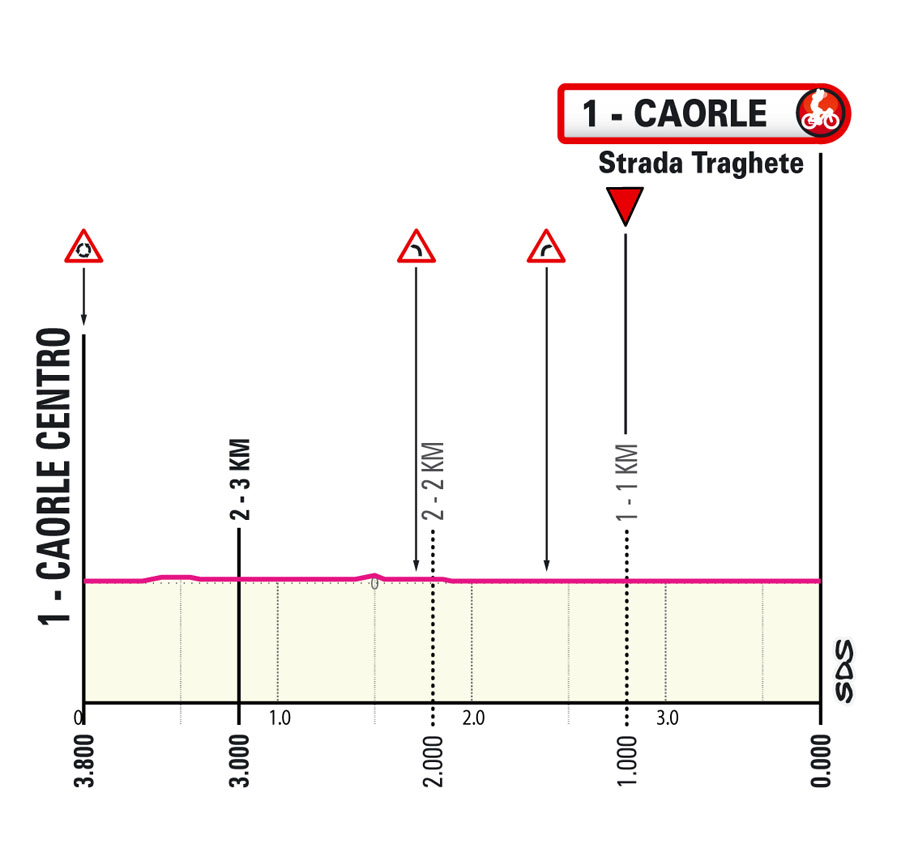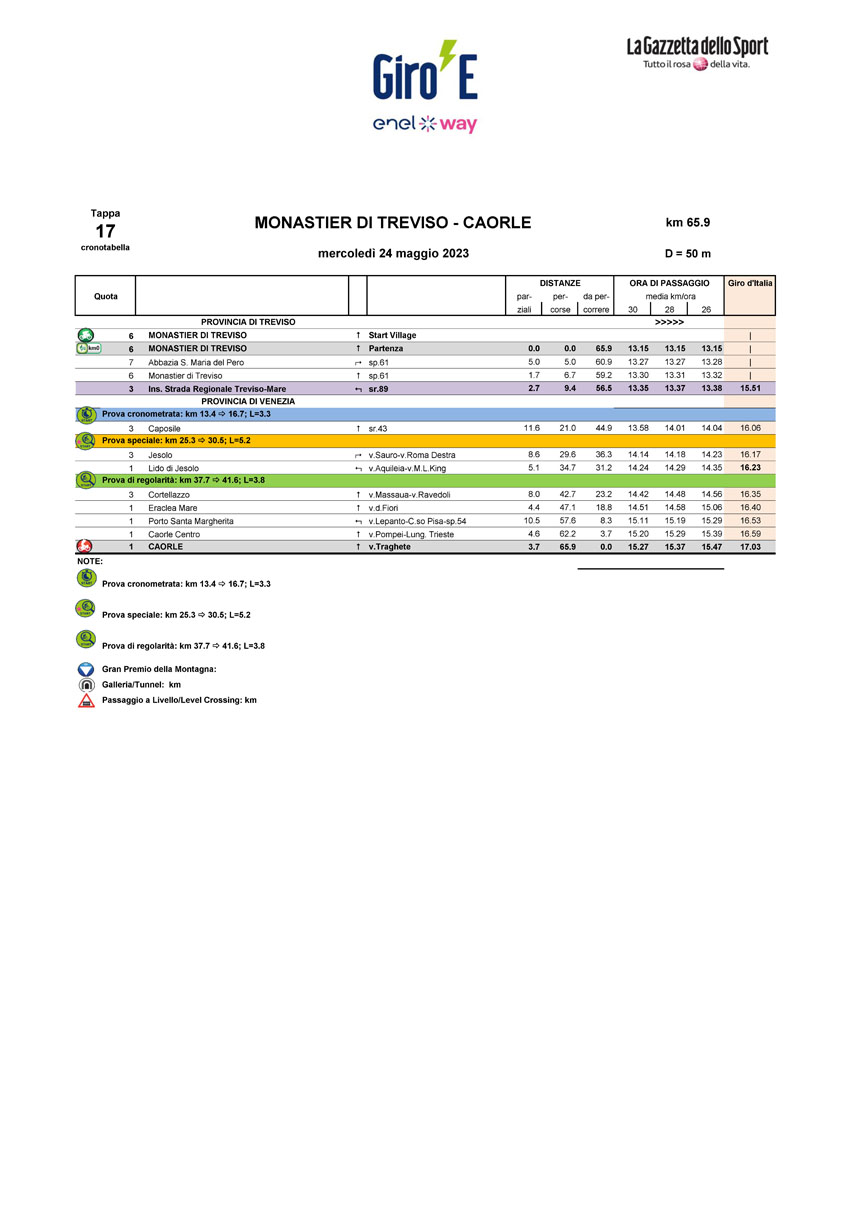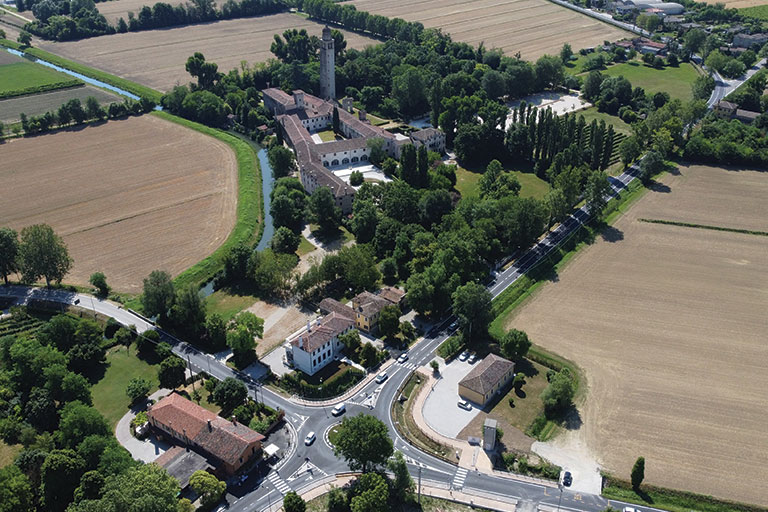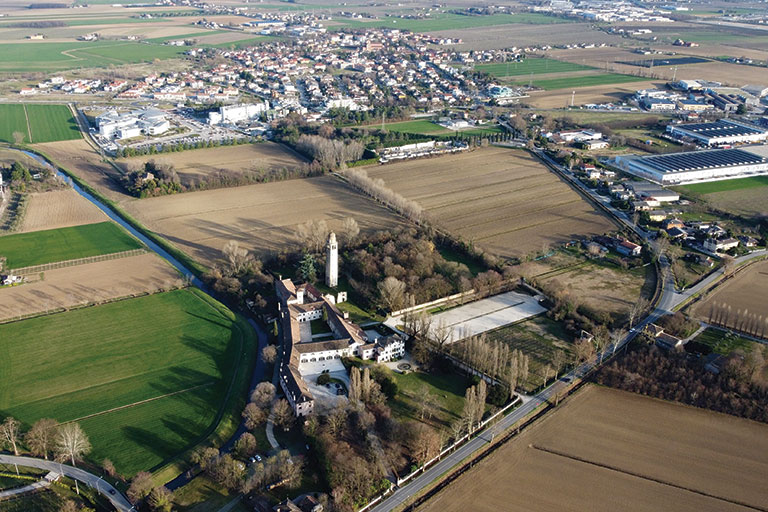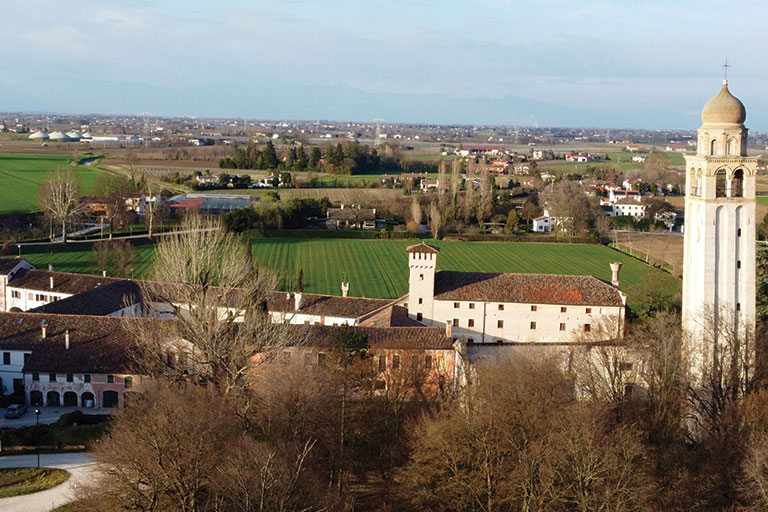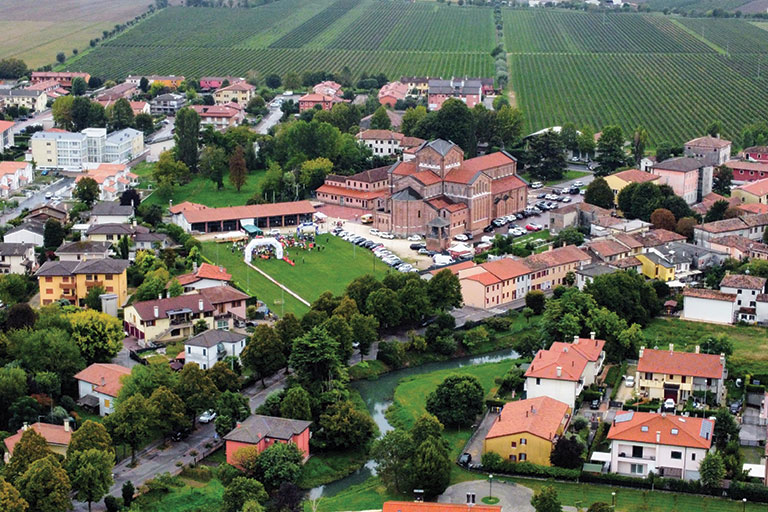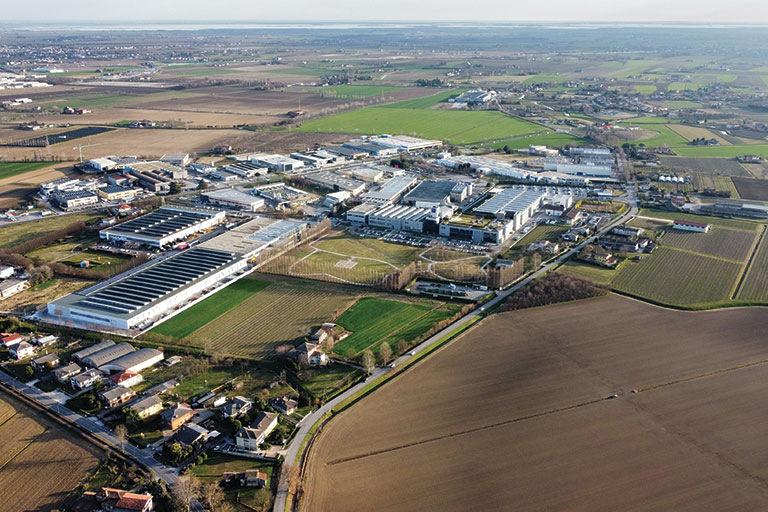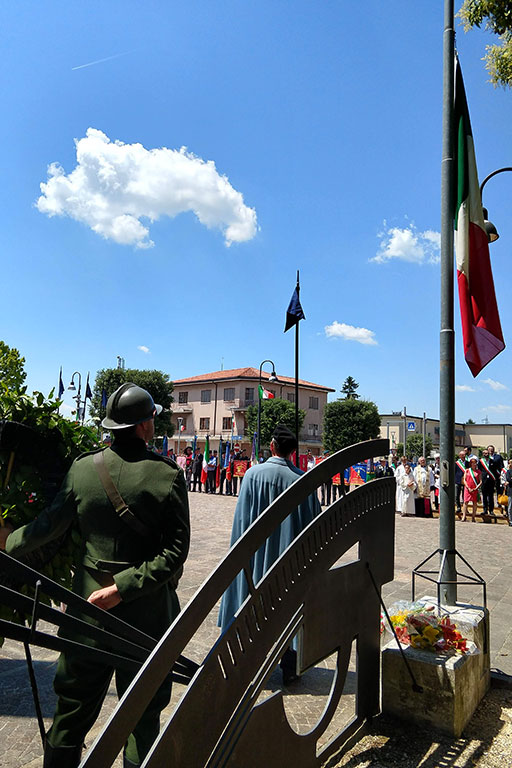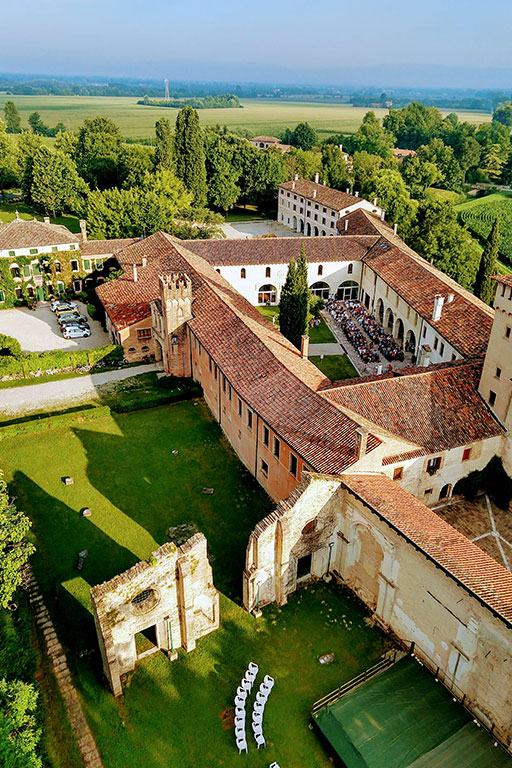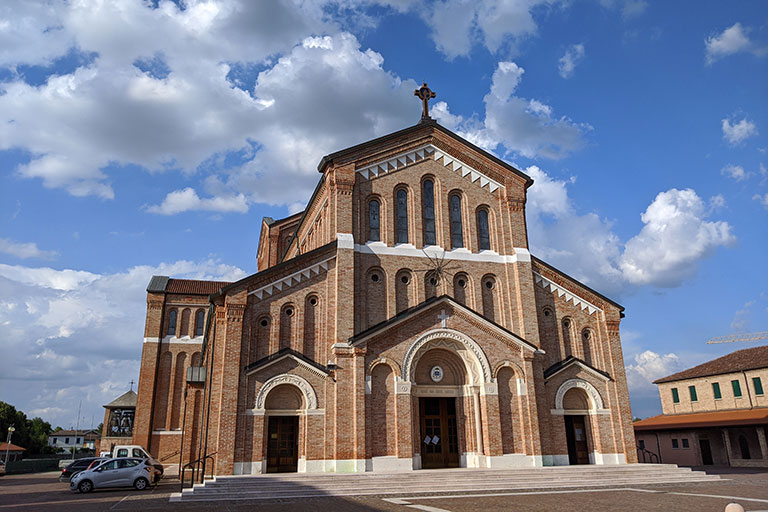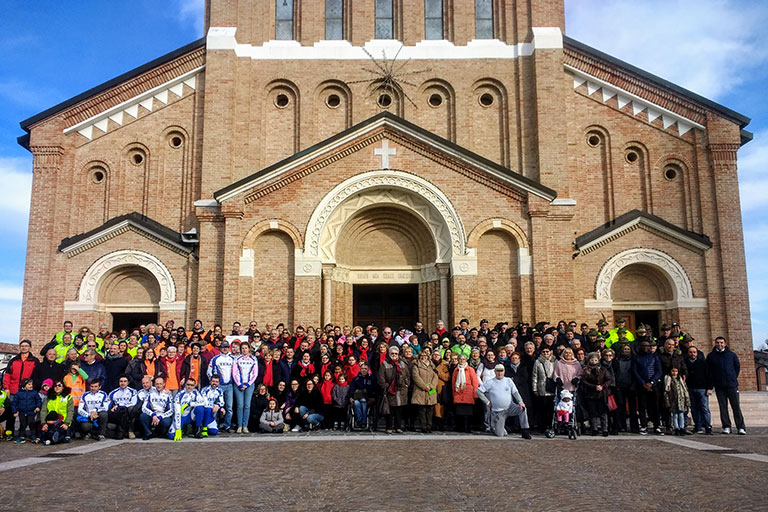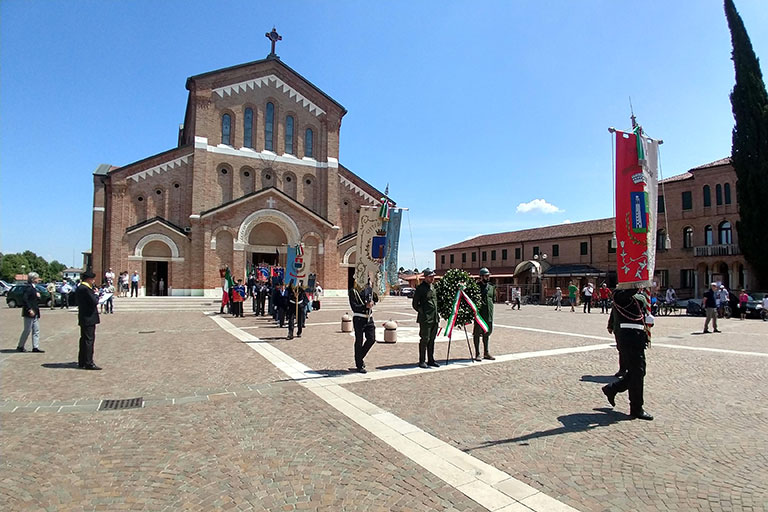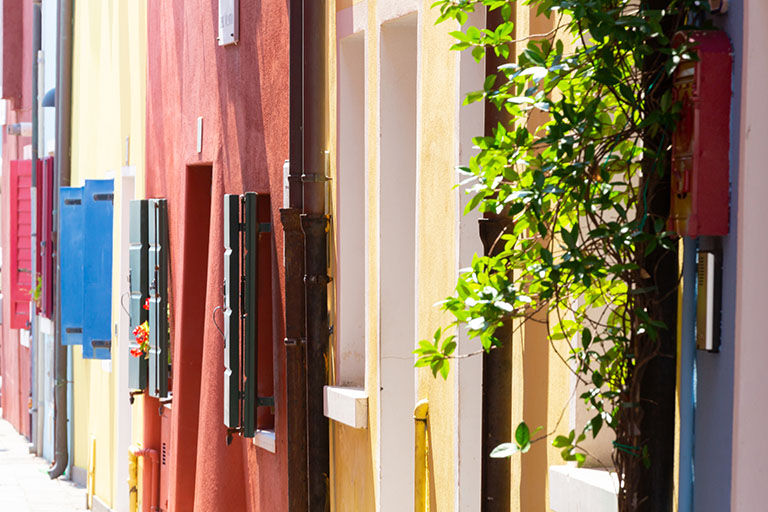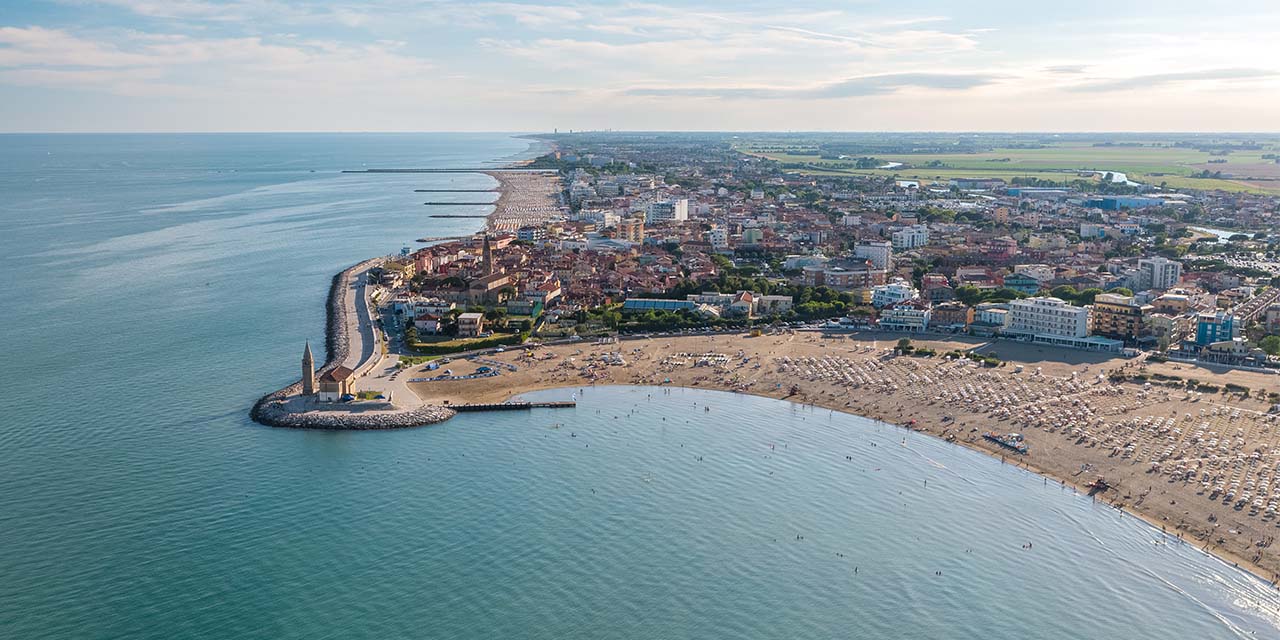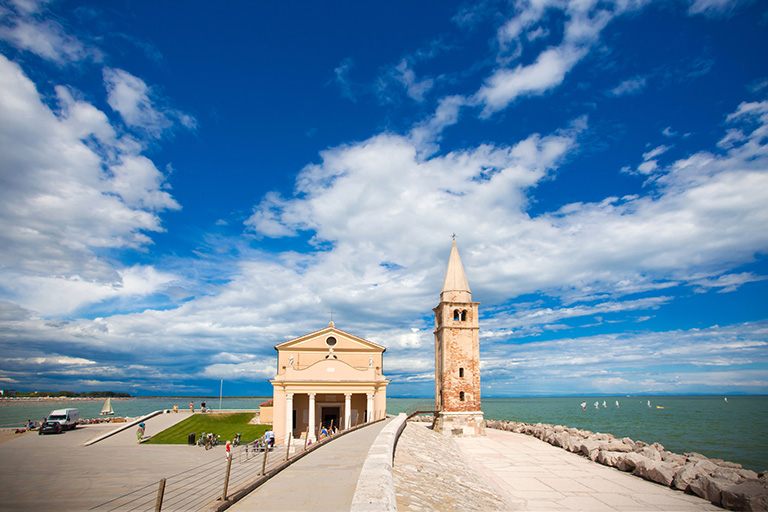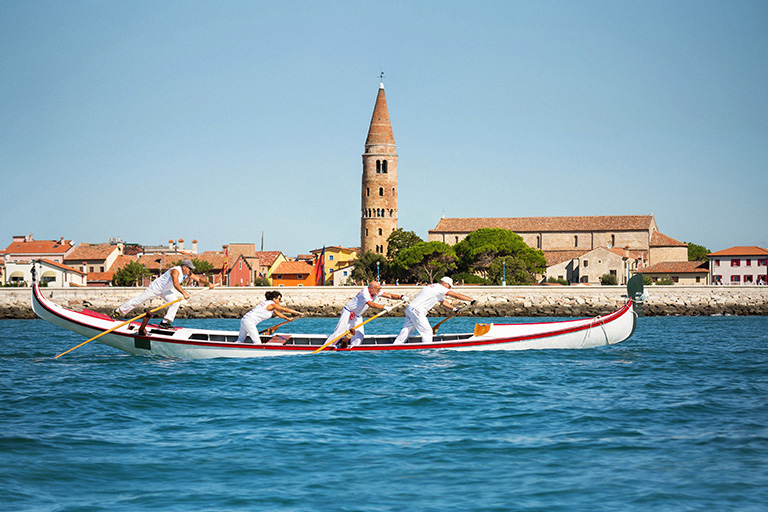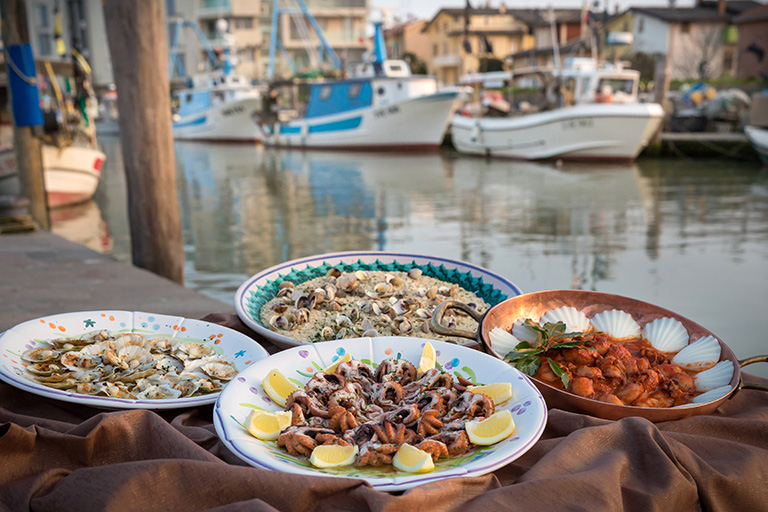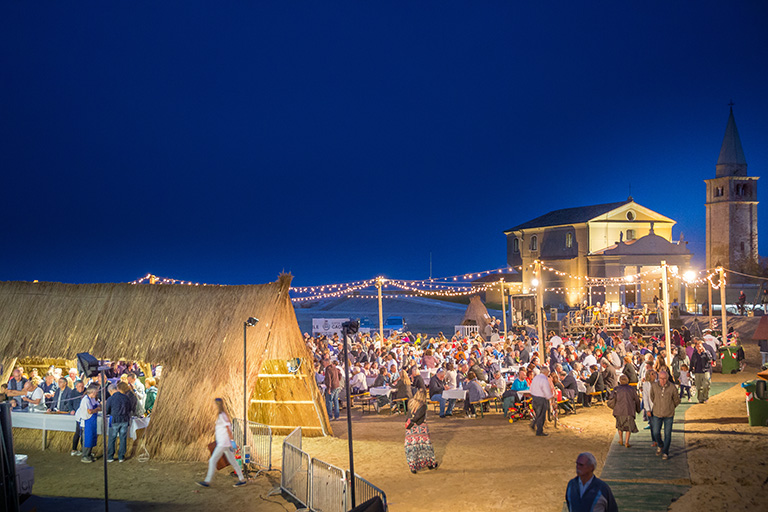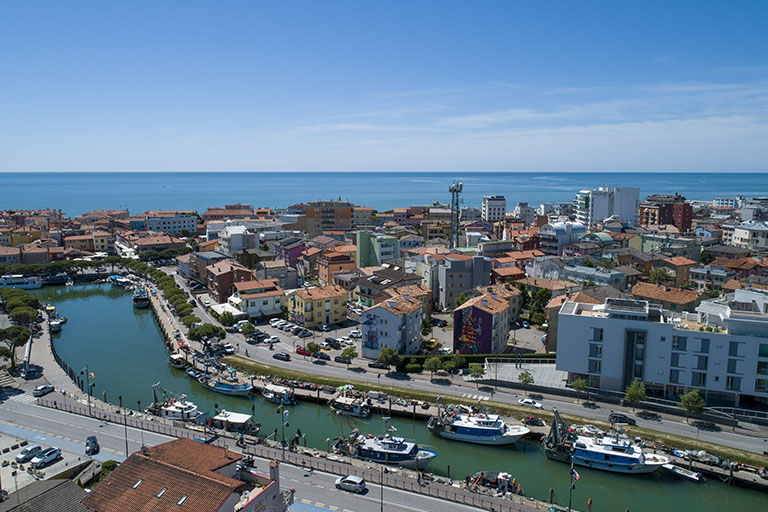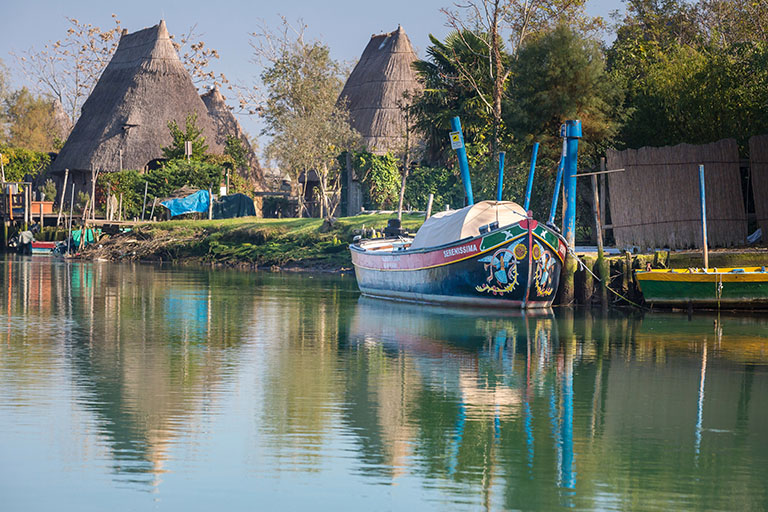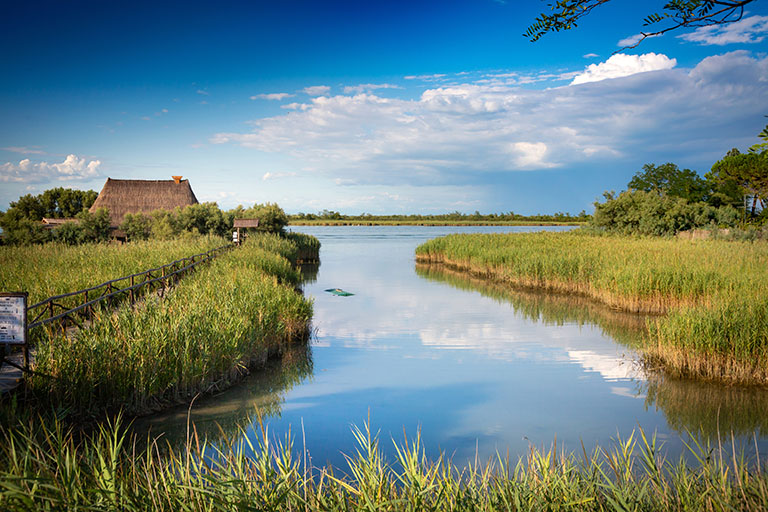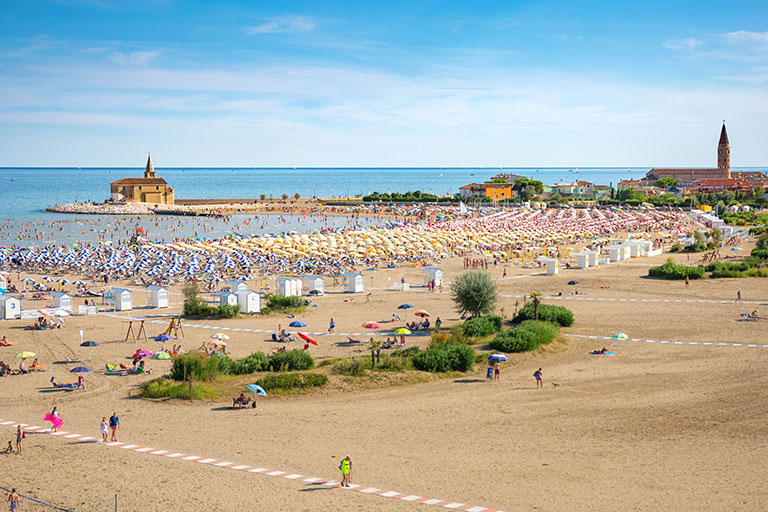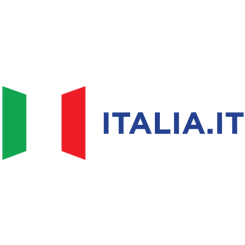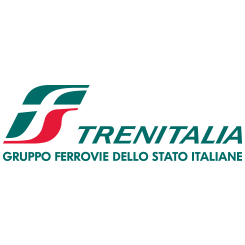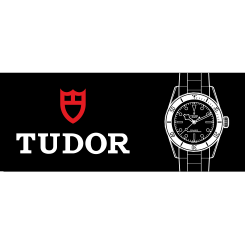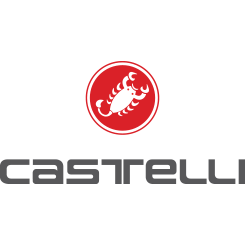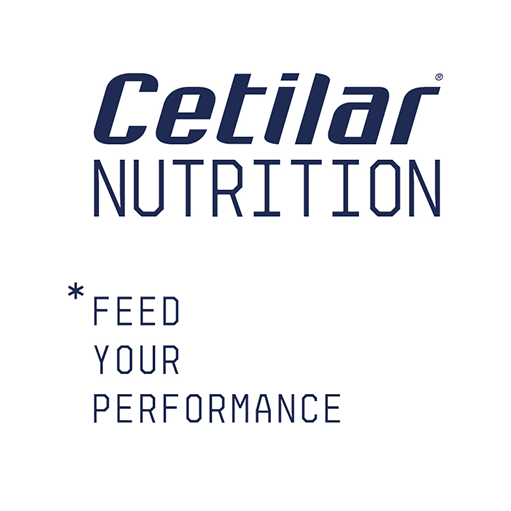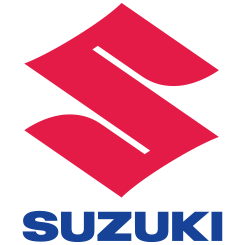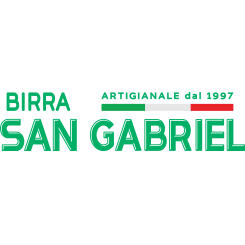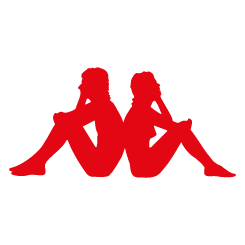profile
map
start / finish
final kilometres
itinerary timetable
tourist info
Host city:
MONASTIER DI TREVISO
Touristic Information
The first settlements were the Pirense Port and the Abbey dedicated to Santa Maria del Pero. The Benedictine monks built the abbey on the site that had been assigned to them by the German emperor Otto I in the year 958 AD. During the First World I Monastier was dramatically affected by the war events, in particular the battle of the solstice in June 1918.
Walking, running, cycling are activities that can be carried out through interconnected cycle paths such as the ancient Monaco-Venice route, which was part of the Via Claudia Augusta, the Girasile and Greenway routes, the Great War itinerary that include Hemingway’s places, the Piave Wine Route.
Thus the city offers a unique mix of routes, places and historical monuments.
Gastronomy
To delight the palate, Monastier boasts the presence of numerous restaurants
and trattorias offering a wide range of typical local products: such as the white
and green asparagus as well as Treviso radicchio, the soppressa Veneta and the casatella Trevigiana dop.
Beverages
There are several wine cellars where the local wines, from Prosecco and Pinot
Grigio to the delicious red wines of the Piave can be tasted; Raboso, Merlot,
Cabernet.
Points of interest
Monastier is located in the center of a district that has a huge historical relevance and is renowned for its architecture and landscape.
Although the area is mainly agricultural, it has a remarkable historical architectural heritage that includes villas and sacred places.
CAORLE
Overview
Overlooking the Upper Adriatic, a stone’s throw from the city of Venice, Caorle is characterized by wide beaches with golden fine sand and surrounded by areas rich in history, culture and nature.
In addition to the beaches of Levante e Ponente, Porto S. Margherita, Lido Altanea e Duna Verde and the unspoilt natural environment of the lagoon of Caorle, this picturesque fishing village boasts a historical centre characterized by campi, calli, coloured houses and streets which once were crossed by canals, now filled in. This is why Caorle is known as “little Venice”.
The local seafaring tradition can be tasted thanks to the countless typical dishes available. In fact, fishing continues to be practiced and ensures fresh seafood every day.
Ideal for spending the holidays, Caorle offers the opportunity to relax by the sea or in the middle of nature and to live experiences suitable for every need.
Food
An indissoluble link exists between cuisine and territory and the food and wine experience is an important key to understanding a place and its identity. The historical seafaring village of Caorle boasts the title of Gourmet Destination of the Upper Adriatic, as its cuisine is its best calling card as well as an interesting travel motivation for foodies and beyond.
Although Caorle cuisine is characterized by a strong maritime identity, among the specialties it offers, there is no shortage of recipes from the land inspired by peasant tradition. Typical dishes and products become the protagonists of true sensory experiences and an excellent reason to organize a holiday or a trip out of town.
The very fresh catch is the flagship of the local cuisine which can count on three highly appreciated local fish products: the Moscardino, a small octopus that loves sandy seabeds, perfect as a low-calorie appetizer and excellent natural anti-wrinkle thanks to the high percentage of collagen which contains; the white Canestrello, a mollusc with a delicate flavour often prepared on the grill; the organic sea clams (the only ones to have this certification all over Italy) bred and collected in a farm opposite the Vallevecchia coastline, a protected naturalistic area and Site of Community Interest.
They are the protagonists of the historical Municipal Fish Market: here, in the area adjacent to the fishing port, the traditional ‘ear’ auction takes place (an age-old system of selling fish, which is assigned to those who whispers to the auctioneer the highest bid).
In the fishing port of Caorle it is fascinating to discover the trade of the fishermen who, after having sold their catch, can be seen busy arranging the boats and fishing nets, ready to face a new day’s work from the following night.
And if the sea is synonymous with history and quality, the hinterland also suggests flavours that deserve to be tasted, such as superfine Carnaroli rice, sandbank honey, Montasio DOP cheese, craft beer or local wines. Whoever comes to Caorle can find in the menu a rich basket of products to be tried in the characteristic restaurants of the village: not to be missed are the classic spaghetti with clams, baby octopus stewed with polenta, risotto with white canestrelli, sardines in Saor, bigoli in sauce or grilled fish. Such dishes will conquer even the most difficult palates.
You just have to come and get to know the local tastes and skills, to discover zero-km products, typical specialties, restaurants and a wide variety of food and wine events organized in the locality.
Points of Interest
HISTORICAL CENTRE
It is completely pedestrian and corresponds to the ancient fishing village, with its typical Venetian-style campi and calli, its brightly coloured houses that in the past overlooked the canals. Near the Infopoint, you can glimpse white lines on the surface of Rio Terrà (i.e. canal later silted up): they outline the course of the previous water canal, from which the name of the street derives. Parallel to Rio Terrà is the enchanting Calle Lunga, which leads to the main square, Piazza Vescovado.
FISHING PORT
Adjacent to the historical center is the Rio Interno, where the Fishing Port is located. Caorle retains its characteristic aspect of a seafaring village and fishing is still practiced today.
Here it is fascinating to discover the trade of the fishermen who, after having sold their catch, can be seen busy arranging the boats and fishing nets, ready to face a new day’s work from the following night.
The fish is unloaded and sold at the Municipal Fish Market where the typical “ear auction” takes place, an age-old system of selling fish, which is assigned to those who whispers to the auctioneer the highest bid.
PIAZZA VESCOVADO
In Piazza Vescovado you can admire, in all their majesty, the Cathedral of Santo Stefano and the bell tower, both from the 11th century and in Romanesque style.
The Cathedral preserves valuable works of art inside, such as the Pala d’oro (i.e. golden altarpiece), an expression of the skilful Venetian goldsmith’s art of the 14th century.
The splendid cylindrical bell tower recalls in its shape the Ravenna models of the Byzantine tradition and culminates with a conical spire.
SCOGLIERAVIVA
From Piazza Vescovado, if you head towards the stairway you can access the dam defined as one of the most beautiful promenades on the Upper Adriatic. The cliffs are made up of Euganean trachyte boulders and have become an open-air museum, thanks to Scoglieraviva. Since 1993, in fact, national and international artists have been trying their hand at sculpting works of art out of the stones; this symposium takes place every two years.
Save the date: 24/06-01/07/2023.
SANCTUARY OF MADONNA DELL’ANGELO
The origins of the religious building, probably the oldest in Caorle, date back to the 6th or 7th century. It was previously a wooden church dedicated to St. Michael the Archangel. The building in its current form dates back to 1751, when Bishop Suarez decided to demolish the old church and rebuild a new one with a beautiful Palladian-style porch. The statue of the Virgin Mary is kept here: according to legend it was found in the sea by fishermen in the mists of time.
THE LAGOON OF CAORLE
At the end of the Levante beach, the Caorle lagoon opens up, a protected naturalistic area, a Site of Community Interest, where a great variety of flora and fauna find an ideal environment for life and reproduction.
In the past, the lagoon was the place where the fisherman used to spend the fishing seasons with his family in houses called casoni, typical buildings in wood and marsh reed, still visible today.


